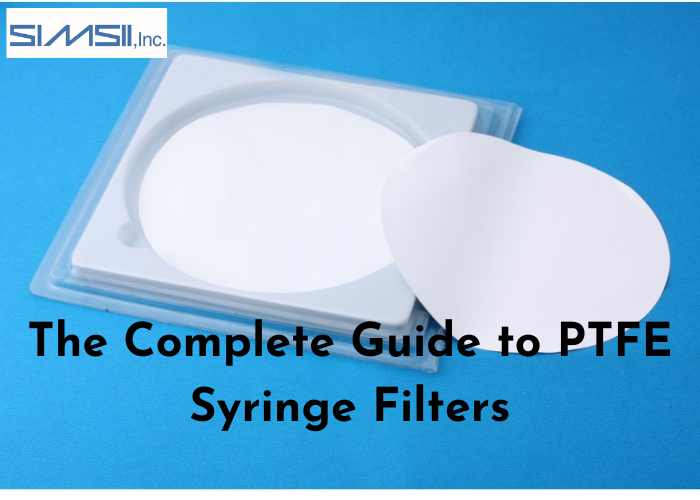
The use of syringe filters is for one time to remove the impurities from liquid and gas. It uses the methods of ion chromatography, HPLC, gas chromatography, ICP, and dissolution testing. To improve the quality and consistency of analytical results proper filtration is essential. The use of disposable syringe filters is only for fast and efficient filtration. However, there are different use for different syringe filters. In this post, we will know everything about the PTFE Syringe Filter.
What Exactly Is A PTFE Syringe Filter
A device that is used to filter liquids and gases is known as a PTFE syringe filter. Polytetrafluoroethylene (PTFE), a synthetic fluoropolymer of tetrafluoroethylene, is used to create a porous membrane for the device. The housing is made of stainless steel or plastic to support the membrane. Pre-sterilized syringe filters can be sent back to the maker after their expiry date. Only the filter's sterility and not its effectiveness are subject to this expiration date. However, to avoid accidental overflows, you can use a syringe filter with a hydrophobic membrane that can be put in between the vacuum pump and the receiving flask.
What is a PTFE filter
Like typical GVS filters, laminated PTFE filters are made from polytetrafluorethylene polymer (PTFE) and laminated to polypropylene for durability and ease of handling. Strong acids, as well as solvents like alcohol, have no adverse reactions with these filters.
The Making of PTFE Filters
To make PTFE membranes, you first have to sinter them and then skim them. Sintering involves combining heat and pressure to make bonds between materials.
How Are PTFE Filters Made
To create PTFE membranes, you must first sinter the materials and then skim them. Heat and pressure are combined during sintering to design connections between the components.
Method of Using a Syringe Filter
Draw your sample into the syringe, then secure the filter to the syringe end after choosing the correct syringe and filter for your trial and application. A leur lock filter needs to safely fast into the syringe tip if you are using one. A few drips should be "topped up" by forcing them through the filter while holding the syringe with the filter pointed up. Apply light positive pressure to the sample to force it through the syringe filter after positioning the filter tip over the collection container. Removing the filter from the syringe and drawing air into it will clean the filter and increase sample throughput. Reattach it and push the plunger to get some air via a filter.
What Are Sterile or Non-Sterile Syringe Filters
While removing particles from a liquid sample is a syringe filter's principal job, the final use will determine whether you choose a sterile or non-sterile filter.
1 Sterile syringe filters use to sterilize non-sterile liquids or clarify sterile solutions.
2 Filtration for general and sample purification both use non-sterile syringe filters.


